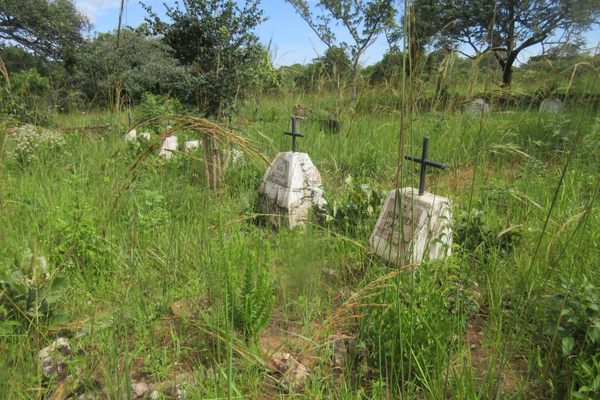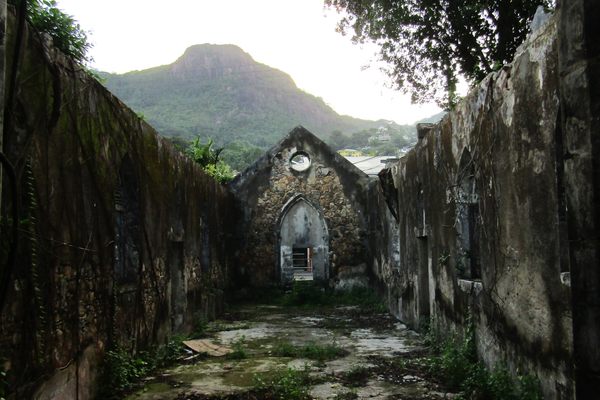AO Edited
Niamkolo Church
Now abandoned, this stone church was part of the missionary efforts that initiated the Christianization of Zambia.
This defunct church on the shores of Lake Tanganyika may no longer be active, but it remains a potent historical marker of how British colonialism changed Zambia forever.
Missionaries first came to the region in the 1880s. The expansion of European empires heightened interest in mission societies, who saw opportunity in newly colonized territories and their native peoples. Inspired by the travels and writings of missionary explorer David Livingstone, several different missionary societies moved to establish missions in the central African regions he explored. The London Missionary Society, with which Livingstone first began his travels, was the first of these organizations to establish a mission in what would become Zambia.
The mission’s lakeside location positioned it to readily welcome travelers arriving by boat, causing it to flourish. It did so well that between 1895 and 1896, the mission upgraded to a large stone church overlooking the lake.
The church served as a place of worship continuously until 1908, when the mission moved inland to avoid the sleeping sickness carried by tsetse flies near the lake. The original church has been declared a national monument in Zambia. It’s the oldest surviving stone church in the country. Though its walls still stand, the roof is no more.
Know Before You Go
The churchyard is accessible 24/7 without an entry fee, though visitors are asked not to enter the church itself and only view it from the outside.

















Follow us on Twitter to get the latest on the world's hidden wonders.
Like us on Facebook to get the latest on the world's hidden wonders.
Follow us on Twitter Like us on Facebook